You’re not eating healthy fats
Cholesterol is a waxy substance found in the blood. Your body needs it to build healthy cells, but high levels can increase your risk of heart disease. A healthy target for a total cholesterol reading from a blood test is less than 200 mg/dL. Your LDL number is optimal if it’s less than 100, your HDL (or “good”) cholesterol number should be 60 or higher, and your triglycerides should be less than 150, according to the Cleveland Clinic. It’s well known that eating too much saturated and trans fat can be a problem, but what’s less understood is the role of unsaturated fats—the healthy type. Both types of healthy fats—monounsaturated and polyunsaturated—have been shown to improve blood cholesterol levels, according to the Mayo Clinic. Ginger Hultin, RDN, spokesperson for the Academy of Nutrition and Dietetics and owner of ChampagneNutrition in Seattle, recommends these sources of healthy fats. Monounsaturated: avocado, olive and canola oils, and macadamia nuts. Polyunsaturated: walnuts, safflower and soybean oil, flax, and fatty fish like salmon, mackerel, and herring. Learn the 7 signs you’re not getting enough of these good fats in your diet.
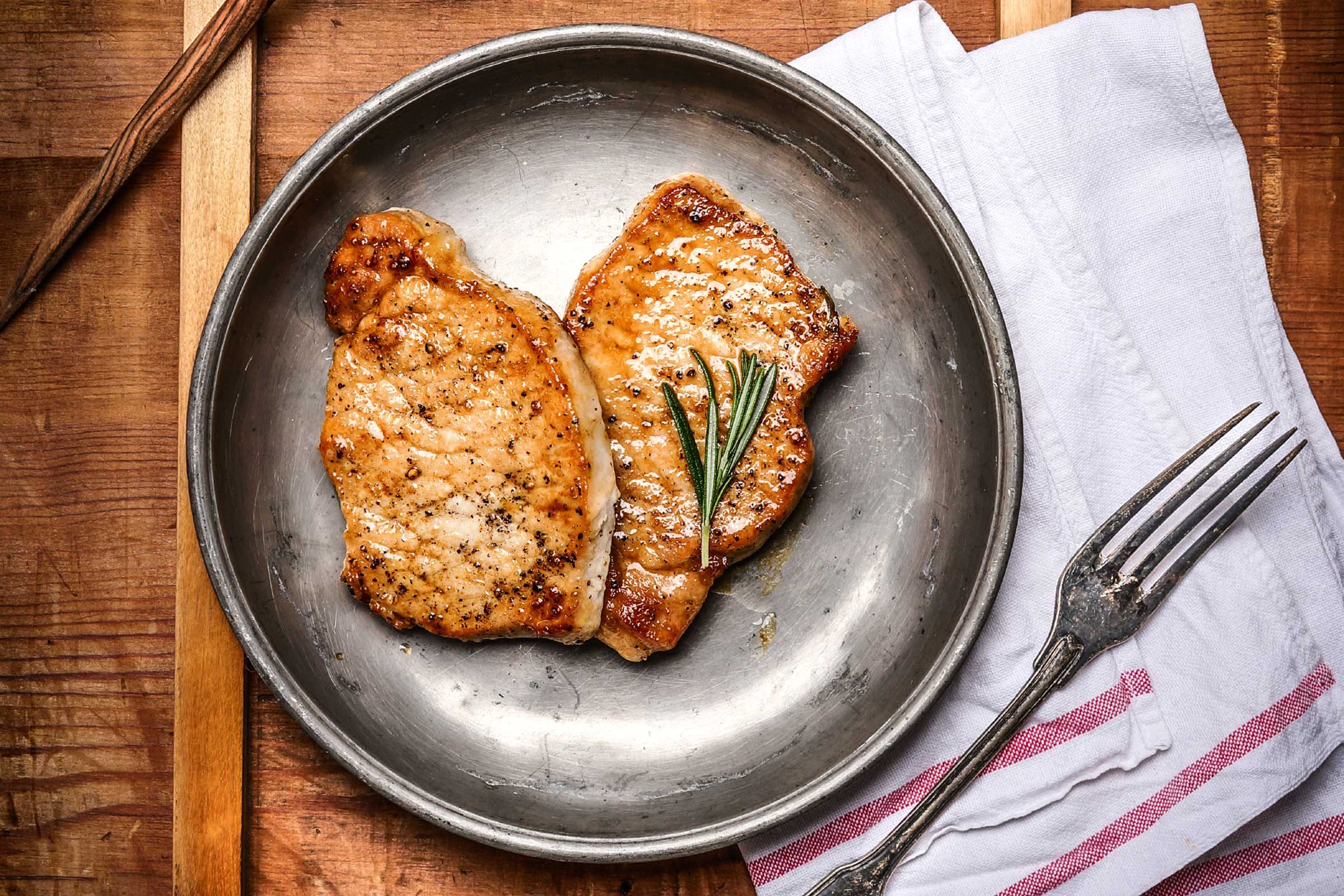
You choose the fattiest steak on the menu
If your taste buds lead you to the T-bone or rib-eye in a restaurant, you’re not alone. But it’s heart-smart to trade picks that are high in cholesterol for a cut of beef that’s better for your heart. To reduce the level of saturated fats you consume, the American Heart Association recommends choosing meat that has minimal visible fat. Lean beef cuts include the round, chuck, sirloin or loin. Lean pork cuts include the tenderloin or loin chop. Lean lamb cuts come from the leg, arm, and loin. “Choice” or “select” grades are preferable to “prime.” Go for “lean” or “extra lean” ground beef. Cooking tips from the AHA: Trim all visible fat before cooking, pour off the melted fat afterward, and broil or grill rather than panfrying. And in general, limit the amount of red meat you eat. Here are some other 30 ways to lower your cholesterol and fight heart disease.
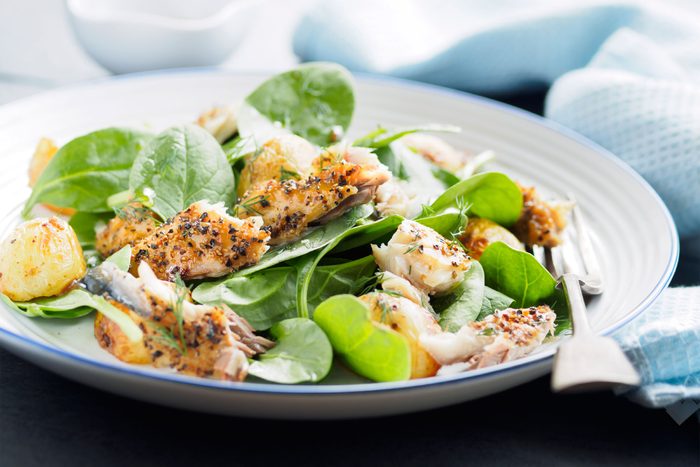
You skip fish
Certain types of fish—like salmon, mackerel, trout, and herring—contain higher amounts of omega-3 fatty acids, “good fats” that don’t affect LDL cholesterol levels. Omega-3s help to increase “good” cholesterol, reduce triglycerides, and lower blood pressure, according to the Mayo Clinic. Aim to eat a 3.5-ounce serving of fish, preferably a type higher in omega-3s, at least twice per week. Ask for salmon as the protein on your salad at lunch or grill up a salmon burger when you’re barbecuing at home. (Not wild about fish? Try these omega-3 rich foods instead.)
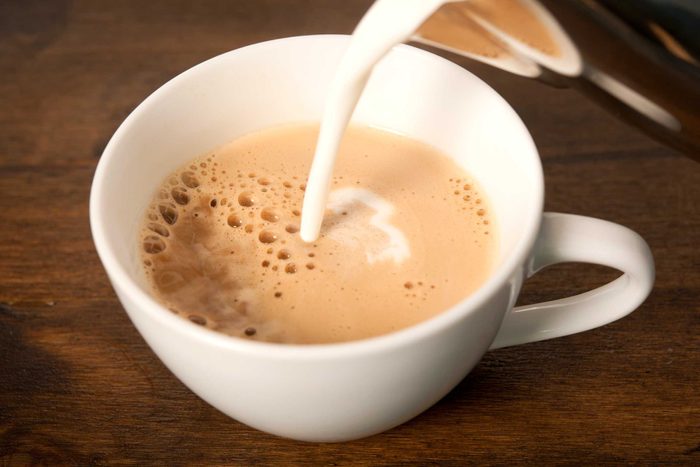
Your only source of dairy is the milk in your coffee
For many years, dairy products have gotten a bad rap where cholesterol is concerned, with many experts warning that they raise the risk of cardiovascular disease. New research is debunking that idea, however. A review of studies published in the journal Foods drew the “resounding conclusion” that, despite their saturated-fat content, dairy products have a neutral or positive effect on heart health. A study in the American Journal of Clinical Nutrition reached a similar conclusion. Previous research found that consuming calcium from foods can increase HDL cholesterol and decrease total and LDL cholesterol concentrations. Dairy products are the richest source of calcium with hard cheese having the highest concentration levels. Other good sources include milk, cheese, and yogurt. Check out these other simple, medicine-free ways to lower your cholesterol.
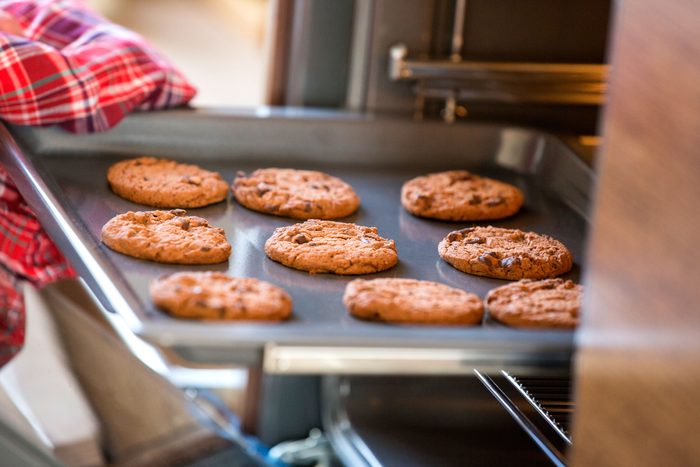
You love fried foods, baked goods, and packaged foods
Many of these foods contain trans fats, which can increase bad cholesterol levels and lower good cholesterol levels. Reading nutrition labels carefully is the key to avoiding this type of fat. “Look for the words ‘partially hydrogenated’ on the label,” Hultin says. “Confusingly, some foods that contain low levels of trans fats can be labeled ‘zero trans fats,’ but that doesn’t always mean there’s none.” Common culprits that contain trans fats include baked goods (like cookies and cakes), snack foods (like microwave popcorn), fried foods, and margarine. Here are some other 10 foods that you’ll be surprised to learn are packed with trans fats.
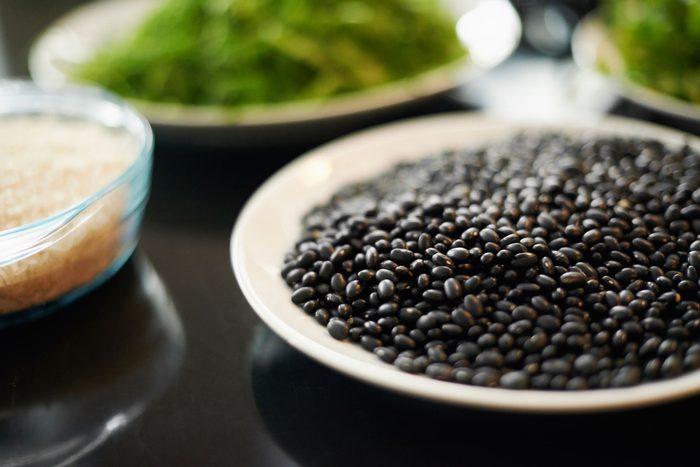
Your diet lacks soluble fiber
“Fiber is wonderful for lowering cholesterol,” Hultin says. “It grabs onto cholesterol molecules and takes them out of the body through the digestive tract.” Dietary fiber can improve lipid levels, lower blood pressure, and reduce inflammatory markers. “It particularly targets total and LDL cholesterol,” she says. “In fact, eating a daily 5 to 10 grams of soluble fiber (found in plant foods) can help lower total and LDL cholesterol by 5 to 11 points—sometimes more.” A few simple tricks to increase your fiber intake: Add fruits and vegetables to every meal and snack, top salads with beans or chickpeas, and start your morning with whole oats. Here are some more easy ways to sneak more fiber into your diet.
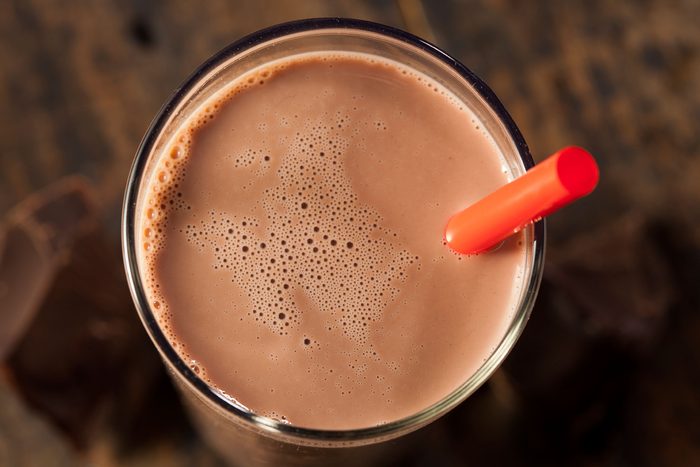
You think protein shakes are just for CrossFit fanatics
Whey protein is not just the choice of bodybuilders after an intense lifting session. In a study published in the American Journal of Clinical Nutrition, subjects drank two protein shakes per day for eight weeks; the total daily consumption of protein was 56 grams (about 13 teaspoons), an amount equivalent to protein supplements used by bodybuilders. The results? Significant reductions in blood pressure and a 5% decrease in total cholesterol. Learn how to find the best protein powder.

You toast more than most
Drinking too much alcohol can raise your triglyceride levels, according to the American Heart Association. “Sometimes it elevates them greatly,” Hultin says. Men should have no more than two alcoholic drinks per day, while women should stick with one. (A drink is one 12 oz. beer, 4 oz. of wine, 1.5 oz. of 80-proof spirits or 1 oz. of 100-proof spirits.) And improved cholesterol is only one of the many good things that’ll happen to your body if you cut back on alcohol.

